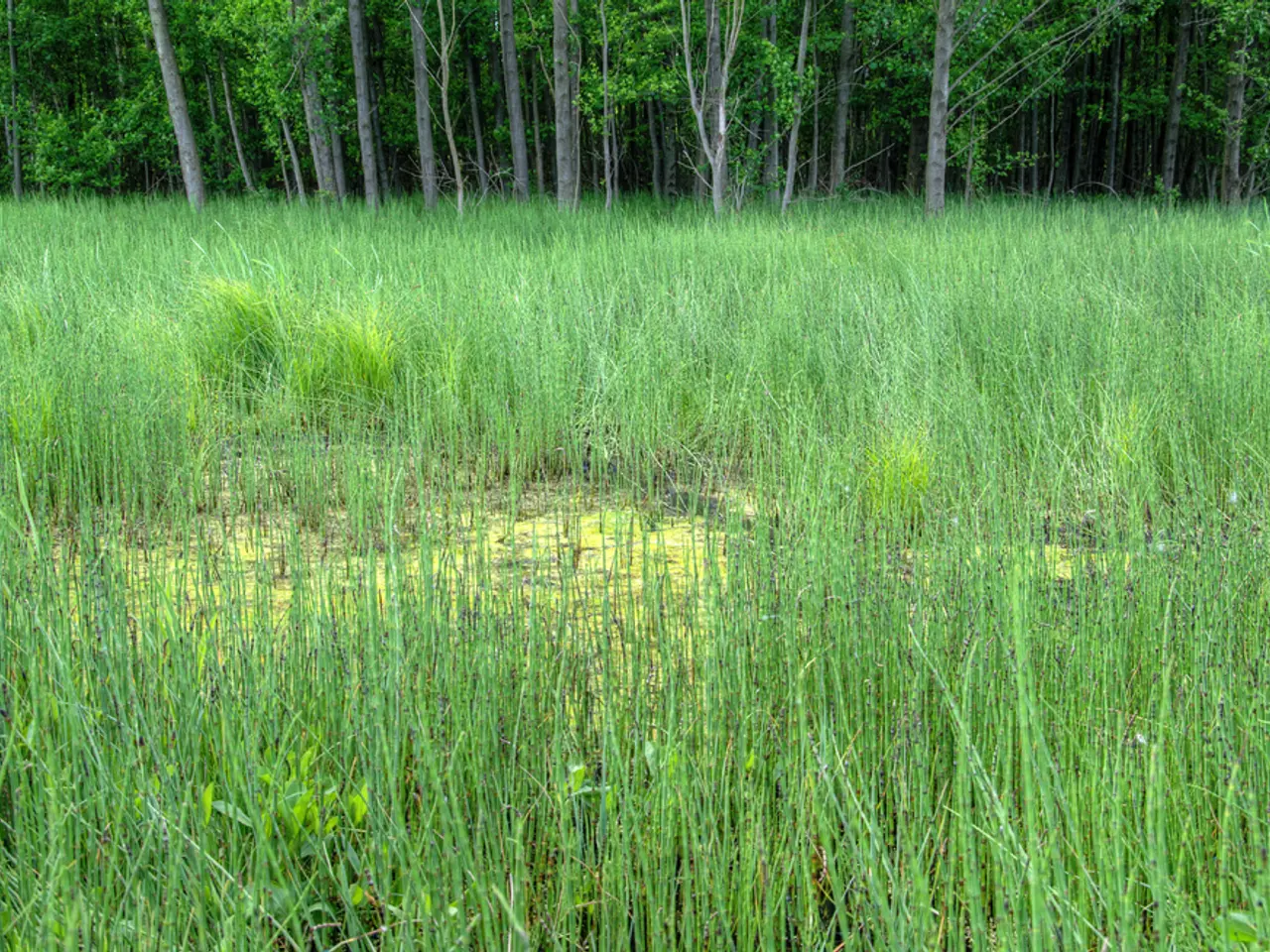Utah-Sourced Scarlet Gems: Red Beryl Mining in America
The fascinating story of red beryl, a rare and beautiful gemstone, began in the United States, specifically in the Wah Wah Mountains of Utah. This unique gemstone, coloured red by manganese traces, is an exceptional member of the beryl mineral family.
Red beryl was first discovered in the early 1900s, with its presence gaining attention in the 20th century as a rare and valuable gemstone. Unlike common beryl varieties such as emerald or aquamarine, red beryl occurs in limited locations due to its unique formation process involving volcanic activity and manganese incorporation under specific temperatures and pressures.
The primary and most famous source of red beryl is the Wah Wah Mountains. The Red Beryl discovery was made in a remote part of the Thomas Range of Utah in 1904 by Maynard Bixby. However, it was not until 1958 that Lamar Hodges discovered a second occurrence of red beryl in the same mountains.
The geological context of red beryl is tied to specific volcanic rhyolite conditions enriched in manganese, making it exceptionally rare. This rarity contrasts with other beryllium minerals commercially mined in the U.S., which are often extracted for industrial beryllium usage rather than gemstones.
Red beryl is found in areas of rhyolite that show hydrothermal alteration, with clay minerals replacing the original minerals. Clay minerals like kaolinite sometimes mark areas where red beryl is concentrated. The gem-quality red beryl is found along almost vertical fractures formed as the rhyolite cooled and contracted.
Historically, mining has remained limited due to its scarcity and specific geological requirements. In 1978, the Harris family purchased the rights to mine the property where Hodges found red beryl and staked 12 claims, called Ruby 1-4 and Violet 1-8. In 1994, the Kennecott Exploration Company (KEC) signed a lease with the Harris family to explore the feasibility of larger scale mining of red beryl.
Red beryl is prized as one of the rarest gemstones globally, with most production focused in the U.S., particularly Utah’s Wah Wah Mountains. Its beauty and rarity make it a unique American gemstone discovery and mining story. Today, red beryl continues to captivate gem enthusiasts and collectors worldwide, symbolizing the allure of the unknown and the beauty of the rare.
References: [1] Geology.com [2] Mineralogical Society of America [3] Utah Geological Survey [4] Gemstone.org [5] National Park Service
- The Wah Wah Mountains in Utah are renowned for their diploma of featuring the primary and most famous source of red beryl, a rare and beautiful gemstone.
- The foundation of red beryl's existence can be traced back to specific volcanic rhyolite conditions enriched in manganese, making it an exceptional member of the beryl mineral family.
- Red beryl's scientific study is associated with gemmology, a discipline that focuses on the identification, classification, and processing of gemstones.
- Medical-conditions and environmental-science are intertwined with red beryl, given its formation process involving unique temperatures and pressures under the Earth's surface.
- Finance subjects are not ignored in the story of red beryl, as its scarcity and rarity make it a valuable commodity in the education-and-self-development and lifestyle sectors.
- Technology plays a significant role in the mining of red beryl, as advanced methods are employed to locate and extract this rare gemstone from the depths of the Earth.
- Red beryl and its captivating allure have made headlines in general-news, sports, and entertainment outlets, adding to its reputation as one of the world's rarest gemstones.




